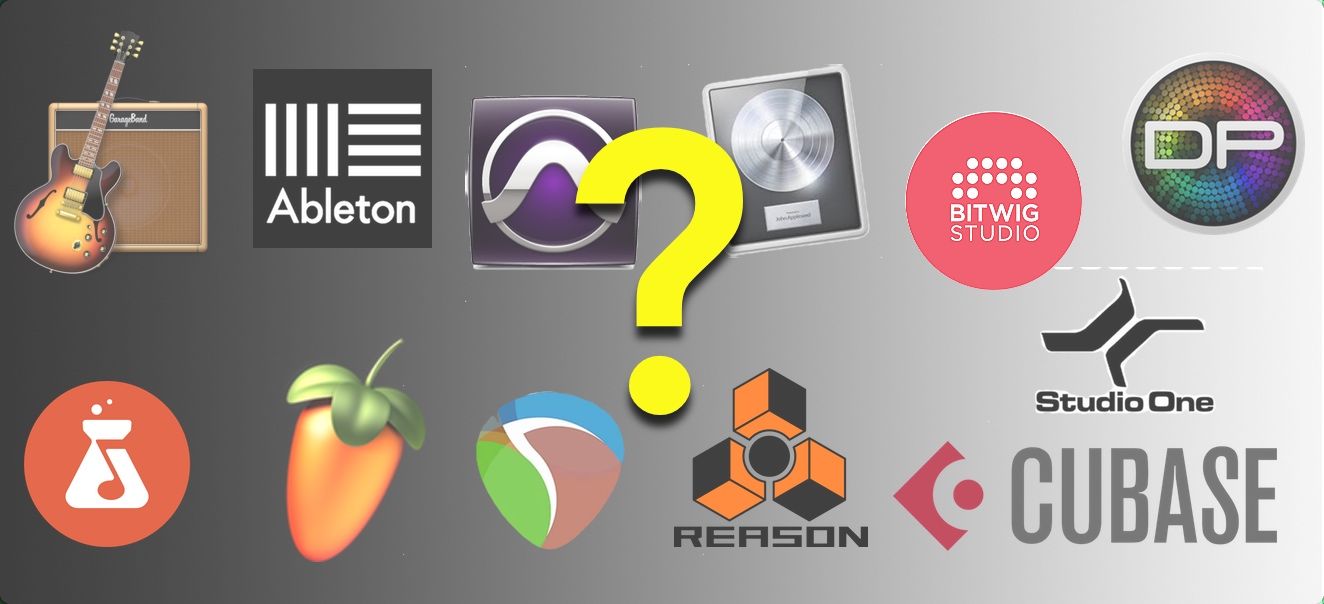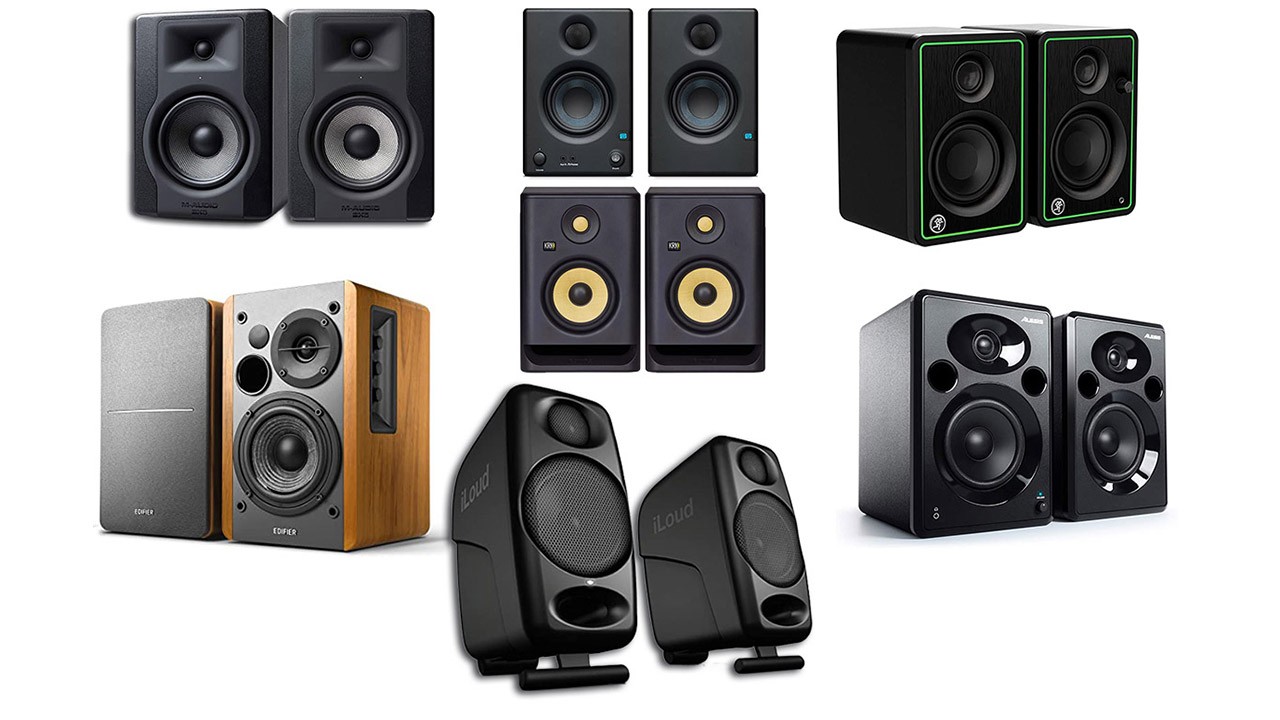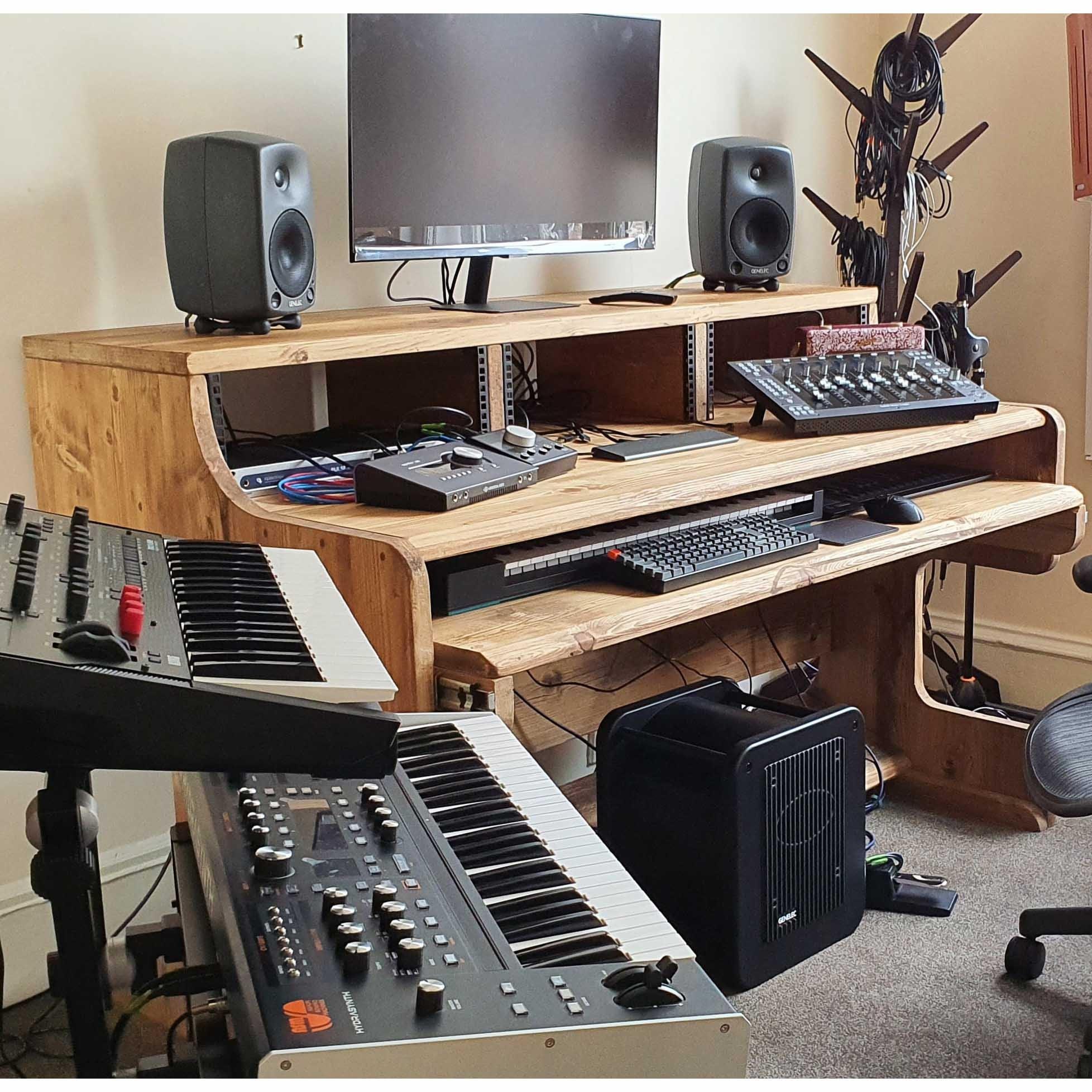The Essential Equipment for Music Production: A Beginner’s Guide
Are you a budding music producer ready to dive into the world of music production? Whether you dream of creating the next chart-topping hit or just want to explore your musical creativity, having the right gear is essential to bring your ideas to life. In this beginner’s guide, we’ll walk you through the essential equipment you need to kickstart your voyage into the world of music production.
1. Computer
Your production setup’s beating heart is your computer. Whether you choose a Mac or PC, it’s imperative to ensure that your computer is robust enough to handle the digital audio workstation (DAW) software you intend to use. To guarantee a seamless music production experience, seek a computer with a fast processor, ample RAM (8 GB or more is ideal), and generous storage space. You will also want to invest in some separate hard drive storage. SSD drives while more expensive are both quicker and more reliable making them ideal for music production.
2. Digital Audio Workstation (DAW)
Your digital audio workstation (DAW) software is where you’ll record, arrange, and mix your music. Many DAWs offer free trials, so you can experiment with different options to find the one that suits your workflow. Popular DAWs include Ableton Live, FL Studio, Logic Pro X, and GarageBand (for Mac users).

3. Plugins and Virtual Instruments
Expand your sonic palette by adding plug-ins and virtual instruments to your DAW. Dig around and you can unearth hundreds of fantastic plugins and VSTs that are free or reasonably priced. Plugins like Native Instruments’ Kontakt Player, Synth1, and Spitfire LABS provide access to a wide range of sounds and effects.
If making an investment then the full version of Native Instruments Kontakt is a good choice. Not only does it come bundled with a comprehensive collection of factory sounds, but it’s also the sample engine that powers a huge amount of 3rd party virtual sampled instruments, many of which are free.
4. Audio Interface
An audio interface acts as the bridge between your computer and your sound sources. It’s where you connect your microphones, instruments, and studio monitors. Look for an interface with high-quality preamps, low-latency performance, and the number of inputs and outputs you need. Entry-level interfaces from brands like Focusrite and PreSonus are great options for beginners.
5. Studio Monitors
Quality studio monitors are vital for accurate audio playback. Unlike regular speakers, studio monitors provide a flat and uncoloured sound, allowing you to make informed mixing decisions. Brands like KRK, Yamaha, and JBL offer affordable options for beginners.
And remember, your monitors will only ever be as good as the acoustic environment of your room. Acoustic treatments, like foam panels or bass traps, help to control room reflections and enhance your listening environment. This will help greatly with accurate monitoring as well as recording.

6. Headphones
A good pair of headphones is a must for music production, especially when you need to work late at night or in a shared living space. Look for headphones with a neutral sound signature for accurate monitoring. Brands like Audio-Technica, Sony, and Beyerdynamic offer budget-friendly options suitable for beginners. For more Headphone advice Check out this recent blog post- How to choose Studio Headphones That’ll Fulfill Your Production Needs
7. Microphones
Whether you’re recording vocals, instruments, or field recordings, having a decent microphone is crucial. For starters, consider a versatile condenser microphone like the Audio-Technica AT2020 or the Rode NT1. Dynamic microphones like the Shure SM57 are also handy for recording instruments and live performances.
8. Midi Controller
To add virtual instruments and software synthesizers to your productions, you’ll need a MIDI controller. This can be a keyboard, pad controller, or even a simple MIDI drum pad. Controllers like the Akai MPK Mini, Novation Launchkey, and Arturia KeyStep are excellent choices for beginners. They make it easy to input melodies, drum patterns, and control various parameters in your DAW.

9. Cables
Don’t overlook the importance of quality cables. Ensure you have the right connectors to link your gear together. stock up on audio cables like XLR, TRS, and MIDI, as well as various adapters and splitters. It’s always a good idea to have a spare set of headphones on hand for unforeseen situations.
10. Studio Furnishings
And finally, establishing an efficient and inspiring workspace to house your studio equipment is paramount. Whether you opt for purpose-designed computer desks or stands, or you embark on a DIY mission to craft custom furnishings, the goal is to create an optimal working environment. A comfortable chair with excellent back support is a necessity for long hours of creativity. Pay extra attention to the positioning of your speakers, as this can significantly influence the quality of your monitor sound.

11. Personalisation
And finally, to help enhance your creative mindset, take the time to decorate your workspace with elements that ignite your artistic spirit. Consider adding wall art, memorabilia, mood lighting, photos of loved ones, and a row of Platinum discs, Well maybe in a few year’s time.
Summary
With these essential items, you’ll have everything you need to begin your music production adventure. Remember, music production is as much about creativity as it is about gear. A lot of very successful music was made on very limited equipment so focus on your creativity rather than the equipment for Music Production aspects of music production rather than getting bogged down in the technicalities. And most importantly have fun. Happy producing!
Remember – RouteNote Create subscriptions start from as little as $2.99. You also get 10 FREE credits to spend on samples along with access to our FREE sample pack bundle when you sign-up!